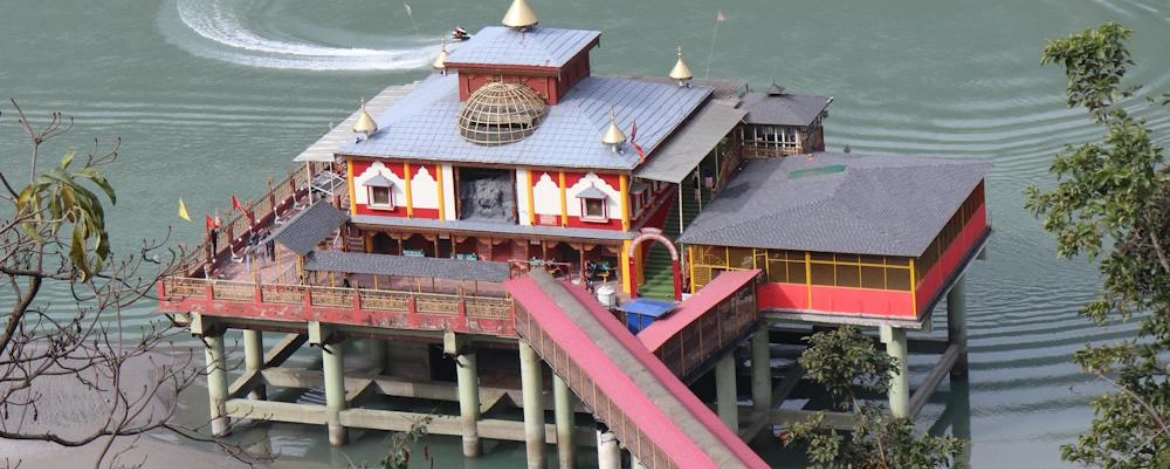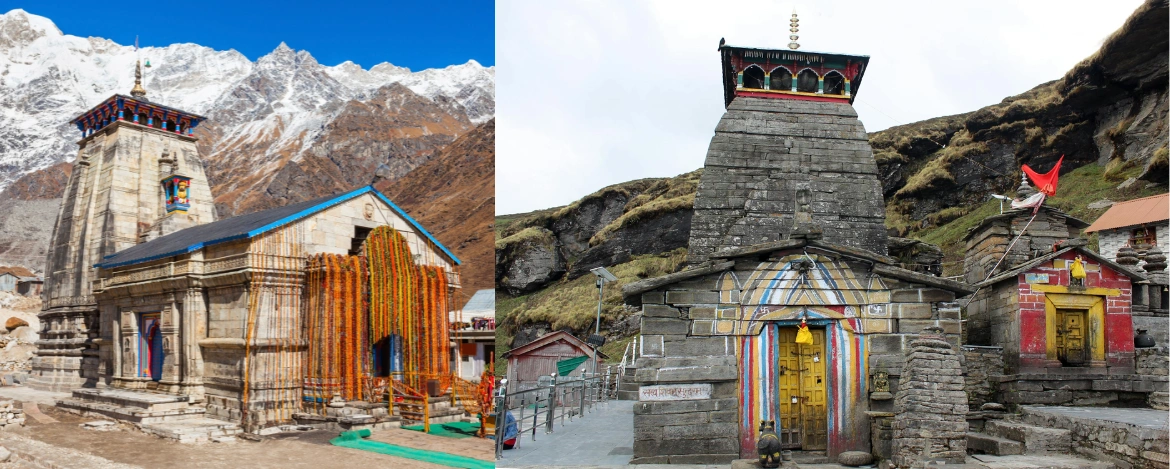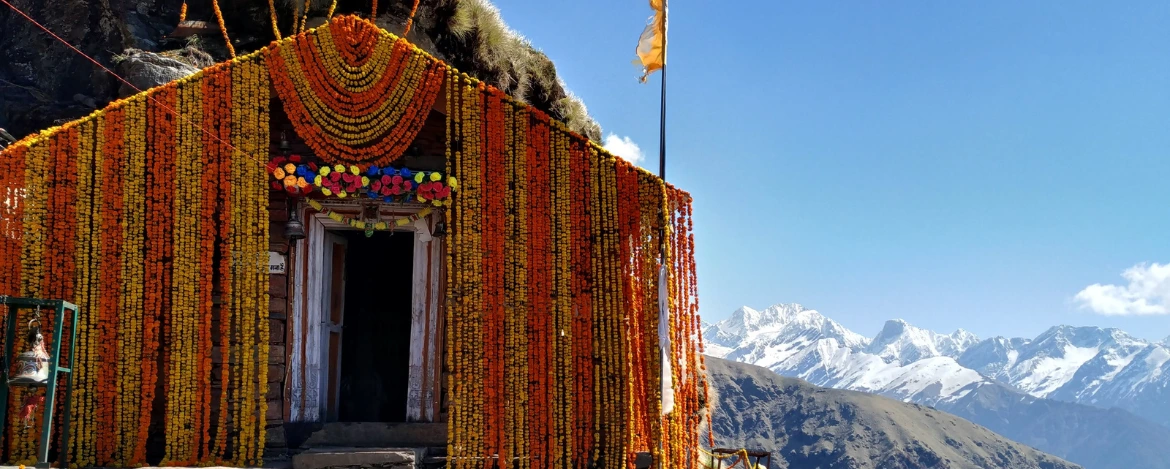About Tungnath Temple
The description of Tungnath Temple is deeply evocative and does justice to the temple’s unmatched combination of spiritual gravity and natural splendor. As the highest Shiva temple in the world, Tungnath isn’t just an architectural or mythological site—it’s a place where faith meets the sky.
Here are a few reflections and highlights worth emphasizing:
Mythological Depth
- Tungnath is the second stop in the Panch Kedar circuit. The legend of Lord Shiva dispersing his body parts as a bull—arms at Tungnath, hump at Kedarnath, head at Rudranath, navel at Madhyamaheshwar, and hair at Kalpeshwar—imbues the region with a sense of divine geography.
- The Pandavas’ quest for atonement after the war adds moral depth to the pilgrimage—one rooted not in victory but in repentance and purification.
Temple Architecture & Sanctity
- The Nagara-style stone architecture reflects timeless Himalayan temple-building traditions—modest in size but immense in spiritual energy.
- The self-manifested (swayambhu) Shiva linga adds a layer of sacred spontaneity, believed to have emerged naturally from the earth.
Trek and Scenic Beauty
- The trek from Chopta is among the most scenic short hikes in India, offering 360° views of the Chaukhamba, Nanda Devi, and Neelkanth peaks.
- The path is lined with rhododendron forests, alpine meadows, and silence—perfect for both pilgrims and photographers.
Seasonal Rhythms
- In winter, due to snow, the temple closes and the idol is shifted to Mukunath, maintaining an unbroken chain of worship. This annual migration reflects the living rhythm of faith and nature.


